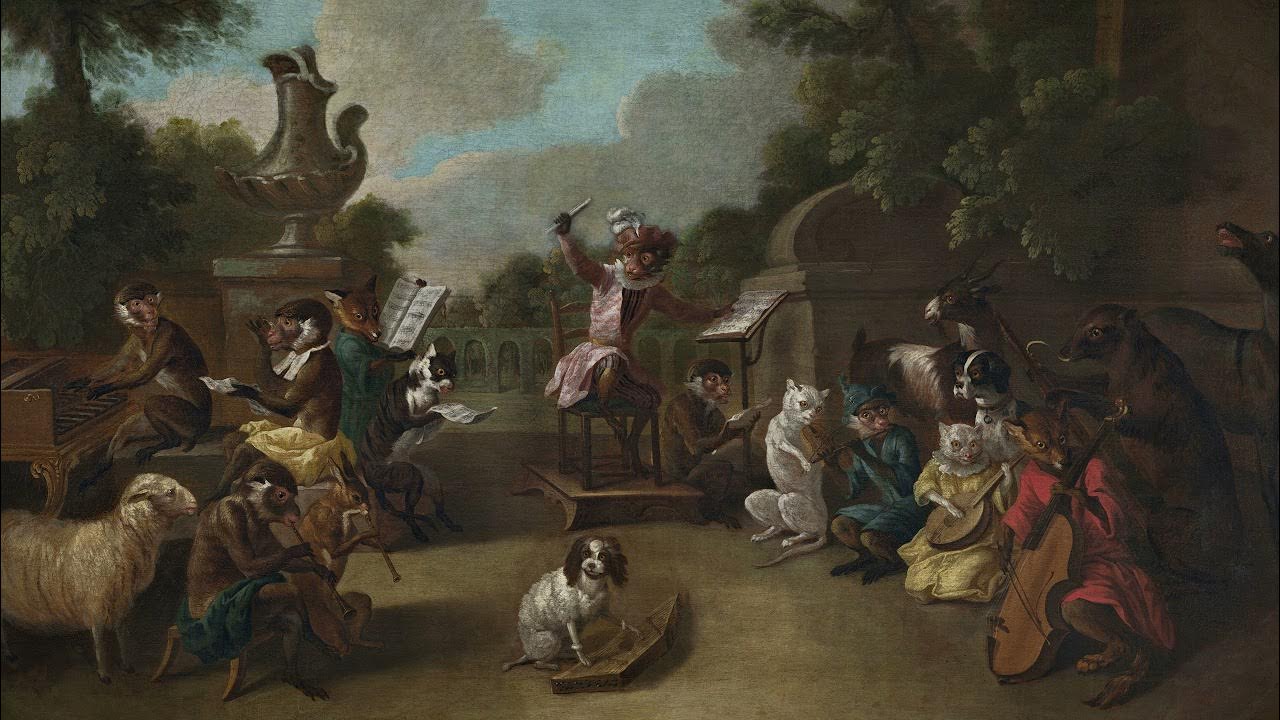Latest Comments
No comments to show.

5 Fascinating Facts about Angelo Ragazzi
Angelo Ragazzi may not be as widely known as some of his Baroque contemporaries, but his unique life story and contributions to music are full[…]

Top 10 Angelo Ragazzi Songs
Angelo Ragazzi (1680–1750) was an Italian Baroque composer and violinist whose works, while not as widely recognized as some of his contemporaries, display remarkable artistry[…]

Angelo Ragazzi – Biography and Life
Angelo Ragazzi, born on March 15, 1978, in Florence, Italy, is a distinguished classical music composer renowned for his evocative and emotionally charged compositions. Raised[…]

The Best of Ragazzi
Angelo Ragazzi (12. Oktober 1750 in Wien) war ein italienischer Komponist und Violinist. Ragazzi erhielt seine Ausbildung in Neapel am Conservatorio S.Maria di Loreto bei Gian[…]
© 2025 Top Classical Music. Created with ❤ using WordPress and Kubio